Abaqus software free download full version 64 bit
Abaqus is widely used in various industries, including automotive, aerospace, and civil engineering, for simulating the physical response of structures and materials under various loading conditions. The 64-bit version leverages modern computing capabilities, allowing for the simulation of larger models with more complex interactions.

User Interface Overview
Upon launching Abaqus, you will encounter a user-friendly interface divided into several key areas:
Model Tree: Lists all components of your model, including parts, assemblies, and loads.
Viewport: Displays the graphical representation of your model.
Toolbar: Quick access to common tools and functions.
Menu Bar: Provides access to all features and settings.
Tips for Effective Use
Utilize Tutorials: Abaqus provides various tutorials that can help new users familiarize themselves with different functionalities.
Optimize Mesh Quality: Ensure your mesh is refined enough for accurate results but not overly dense to avoid long computation times.
Regularly Save Work: Save your model frequently to prevent data loss.
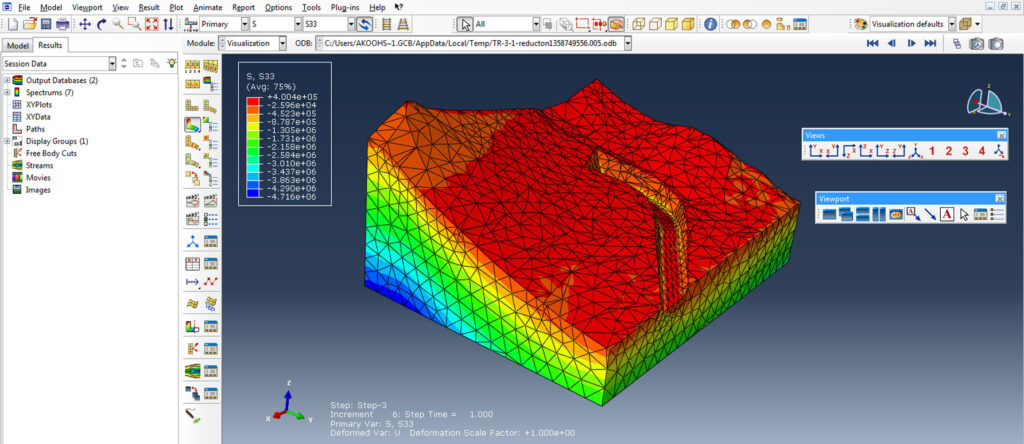
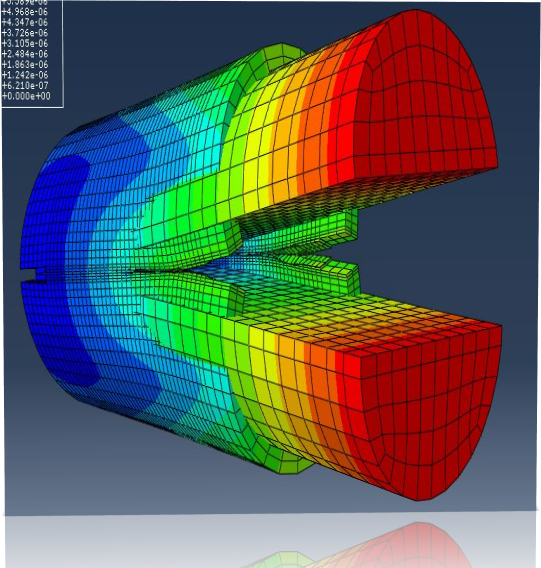
Creating a New Model
5.1 Defining Geometry
Create a New Part:
Select “Part” from the Model Tree and click “Create.”
Choose the geometry type (3D, 2D, or 1D) and define the shape using the sketch tools.
Edit Geometry:
Use the “Edit” function to modify dimensions and features as needed.
5.2 Assigning Materials
Define Material Properties:
Under the “Material” section, create a new material and input necessary mechanical properties (e.g., Young’s modulus, Poisson’s ratio).
Assign Materials to Parts:
Select the part and assign the created material to it.
5.3 Setting Up Loads and Boundary Conditions
Apply Loads:
Navigate to the “Load” section, create a new load, and specify its type (e.g., pressure, force).
Define Boundary Conditions:
Set constraints to simulate fixed supports or other conditions relevant to your analysis.
Running Simulations
Job Creation:
Create a new job in the “Job” module, linking it to your model.
Submit the Job:
Run the job by clicking “Submit.” Monitor the progress in the Job Monitor.
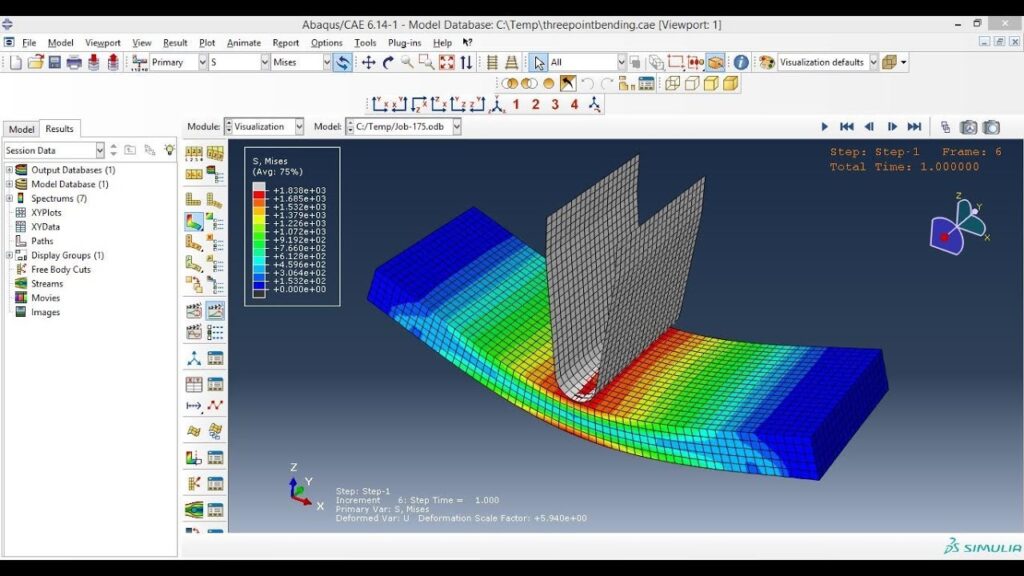
Post-Processing Results
View Results:
Once the simulation is complete, access the “Visualization” module to interpret results.
Generate Reports:
Create graphical outputs (contour plots, deformed shapes) and export them for documentation.
Features of Abaqus
Abaqus is packed with features that enhance its usability and effectiveness in engineering simulations. Here are some of its key features:
- Comprehensive Material Models: Abaqus offers a wide range of material models that account for different behaviors, including plasticity, hyperelasticity, and viscoelasticity. This allows users to accurately simulate real-world materials.
- Multi-Physics Simulations: The software supports multi-physics simulations, enabling users to analyze coupled interactions, such as thermal, structural, and fluid dynamics within a single model.
- User-Friendly Interface: The graphical interface is designed for ease of use, providing intuitive tools for creating models, setting up simulations, and visualizing results.
- Robust Solver Capabilities: Abaqus employs advanced algorithms that ensure accurate and efficient solving of complex numerical problems, making it suitable for large-scale simulations.
- Extensive Post-Processing Tools: The software includes powerful post-processing capabilities, allowing users to interpret and visualize results through detailed plots and animations.
These features empower engineers to conduct thorough analyses, ultimately helping in the development of safer and more efficient designs.
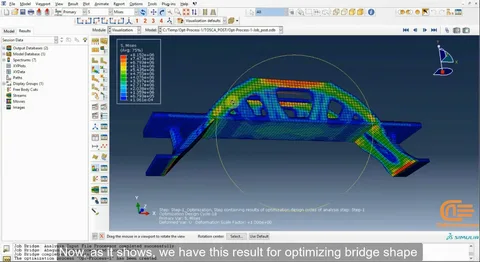
Technical Specifications of This Release
- Version: Abaqus 2024
- Interface Language: English
- Design by: Dassault Systèmes
- Type of Software: Finite Element Analysis (FEA)
- Audio Language: N/A
- Uploader / Repack Group: N/A
- File Name: Abaqus_2024_64bit.exe
- Download Size: Approximately 4.5 GB
System Requirements for PC
Minimum Requirements:
- OS: Windows 10 (64-bit)
- Processor: Intel Core i3 or equivalent
- RAM: 4 GB
- Graphics: DirectX 10 compatible graphics card
- Disk Space: 10 GB free space
Recommended Requirements:
- OS: Windows 10 (64-bit)
- Processor: Intel Core i7 or equivalent
- RAM: 16 GB
- Graphics: DirectX 11 compatible graphics card
- Disk Space: 20 GB free space
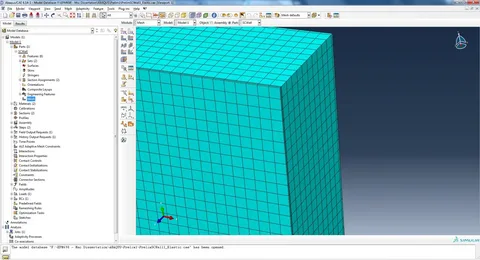
How to Download and Install Abaqus
To download Abaqus, follow these steps:
- Click the Download Button: Navigate to the official site or trusted sources to access the download link.
- Extract the Files: After downloading, extract the setup files using software like WinRAR or 7-Zip.
- Run the Setup: Open the extracted folder and run the
Abaqus_2024_64bit.exesetup file. - Enter the Password: If prompted, enter the password provided during the download to proceed.
- Follow Installation Prompts: Complete the installation by following the on-screen instructions.
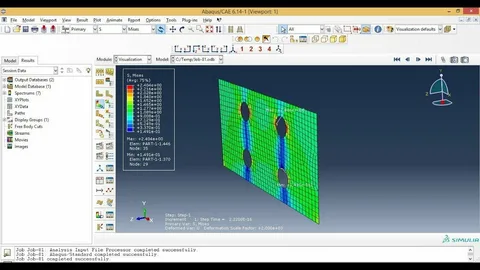
How to Start Using Abaqus
After the installation:
- Launch Abaqus: Find the Abaqus shortcut on your desktop and double-click to open.
- Create a New Project: Start a new project by selecting “New Model” from the main menu.
- Define the Model: Use the graphical interface to define your geometry, materials, and loads.
- Run Simulation: Submit the job to run the simulation and analyze the results.
- Review Results: Utilize the post-processing tools to visualize and interpret the simulation outcomes
Additional Information
For more resources and insights on Abaqus, consider visiting the following websites:
Each site offers unique resources and insights, so feel free to explore them to find the information you need.

Leave a Reply